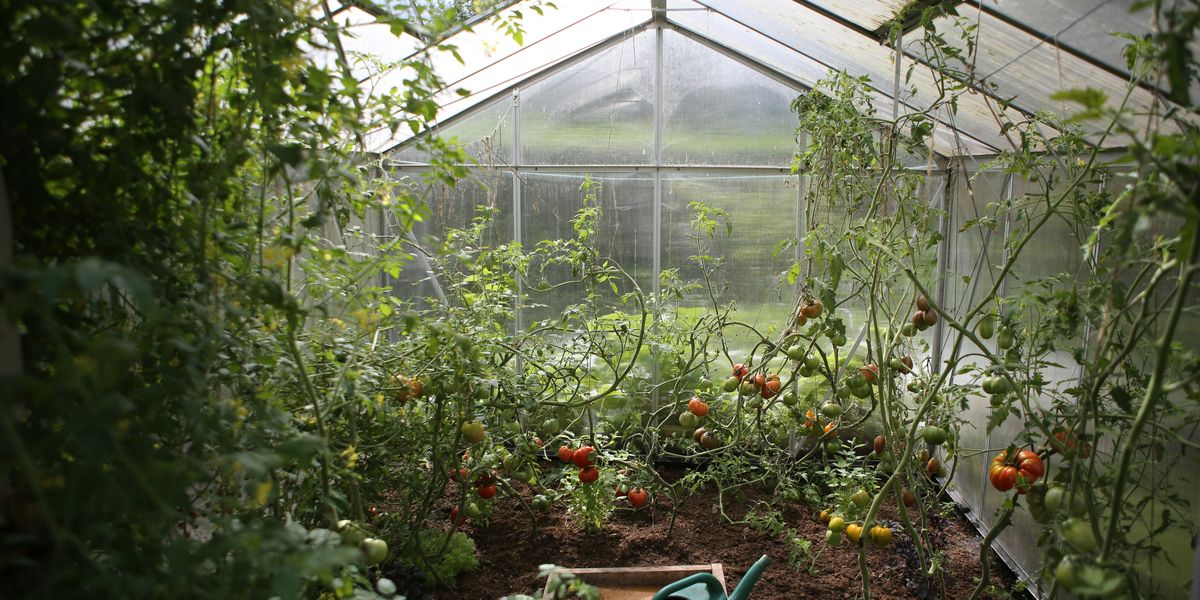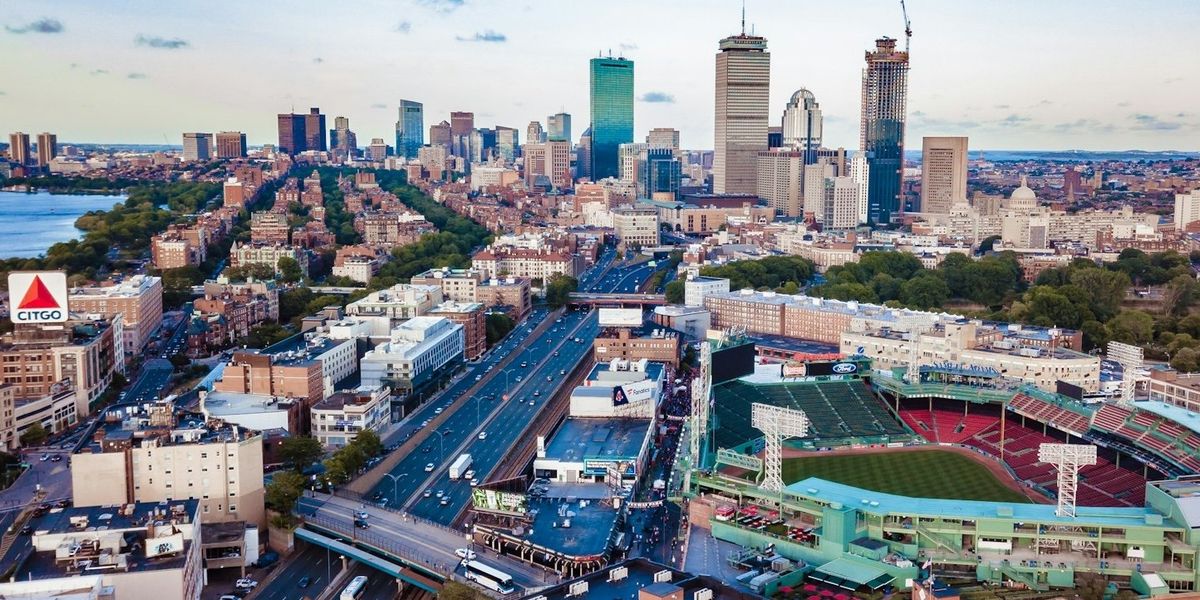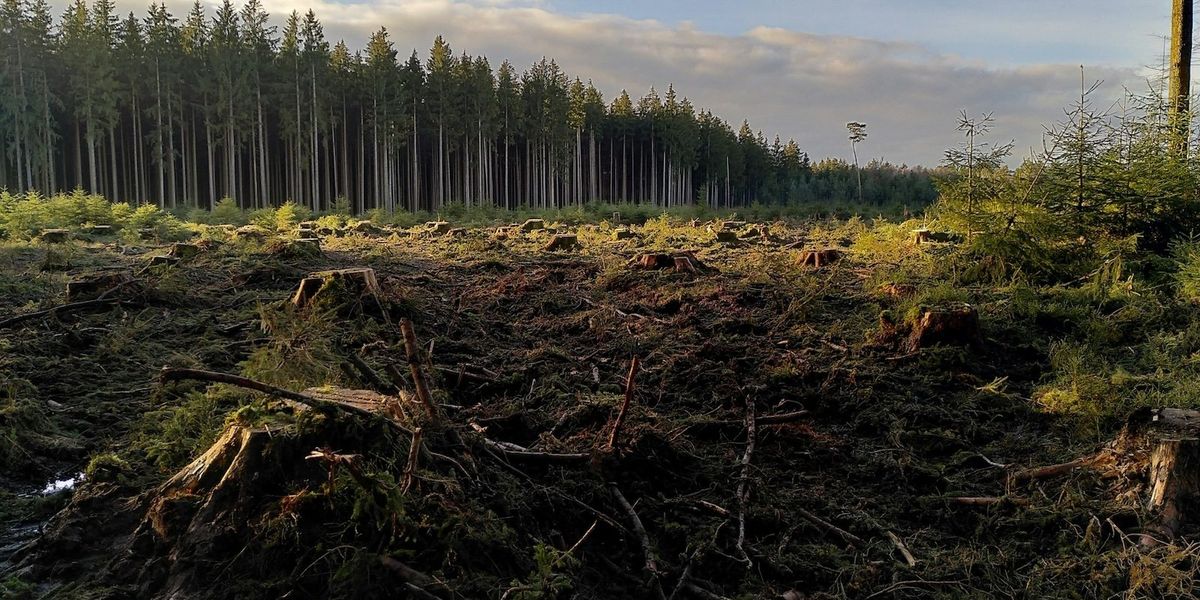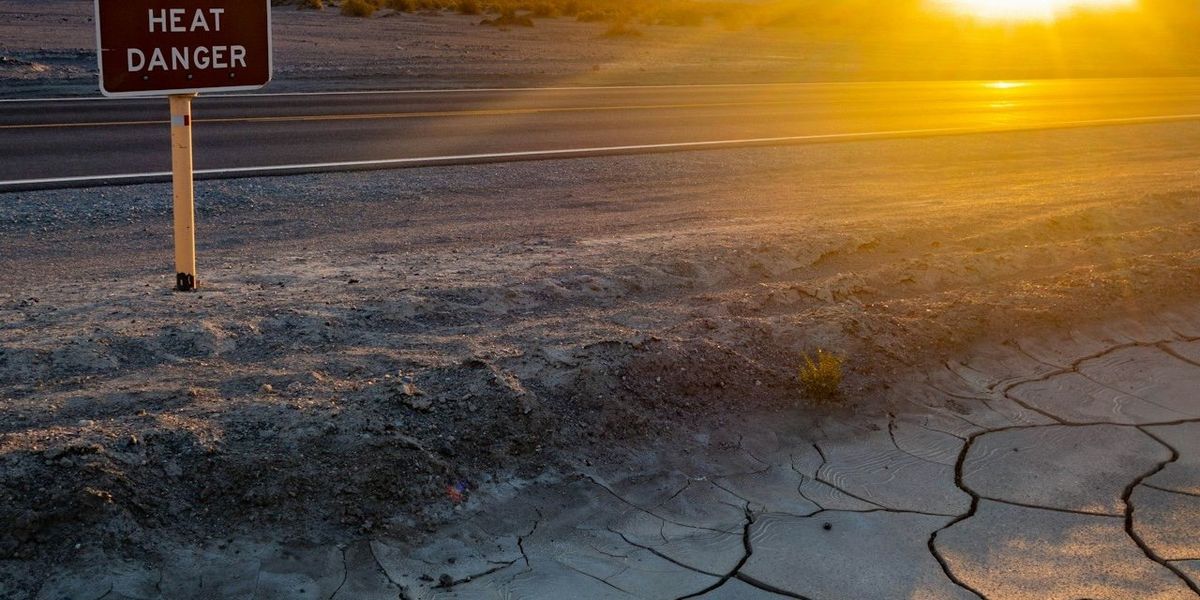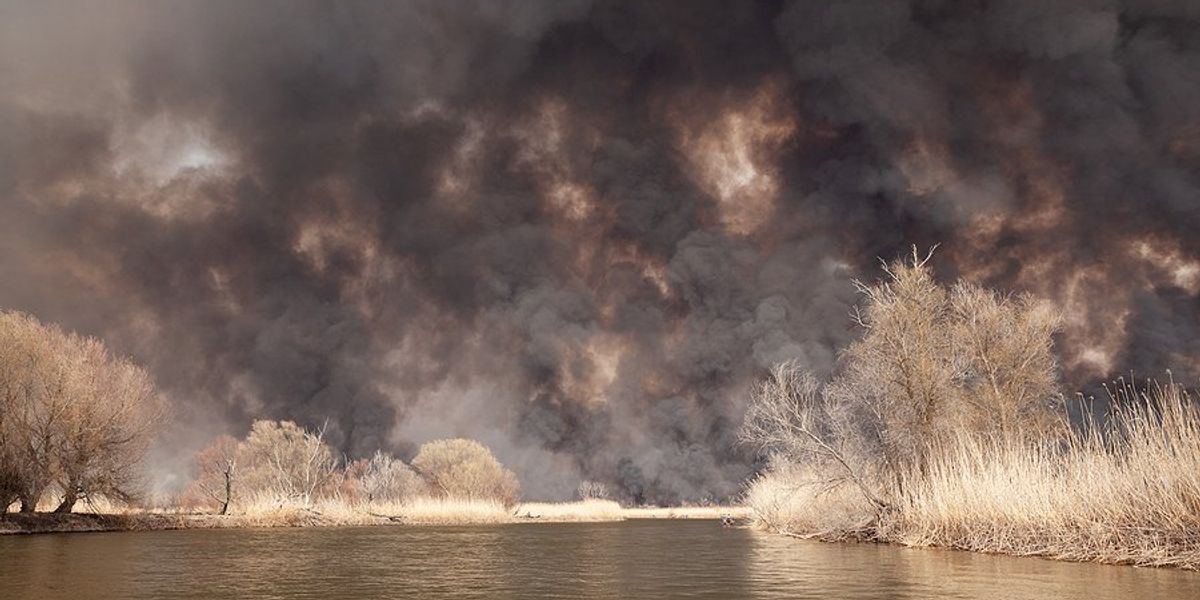
Canadian wildfires torch record acreage again as 2025 season rivals last year's devastation
With wildfires already burning more land than the annual average, Canada braces for another intense fire season fueled by extreme heat and climate-driven changes in its boreal forests.
Ian Livingston reports for The Washington Post.
In short:
- Canada has already seen over 7.8 million acres burned by wildfires in 2025, surpassing the national 25-year annual average and rivaling the record-breaking 2023 season.
- Multiple massive fires exceeding 250,000 acres are active across five provinces, with the largest — Saskatchewan's Shoe Fire — scorching more than 1.2 million acres.
- Thick smoke continues to impact air quality across vast swaths of Canada, prompting Code Red alerts and evacuations in rural and Indigenous communities.
Why this matters:
As Canada burns again, the fires reflect a growing crisis where climate change turns the country’s vast boreal forests into tinderboxes. Longer summers, less snow, and warming temperatures — traced to human activity — are extending fire seasons and intensifying their behavior. The consequences stretch far beyond scorched earth: toxic smoke drifts into communities, worsening respiratory problems and triggering public health emergencies. What’s happening in Canada also poses cross-border risks, as smoke plumes can drift into the U.S., clouding skies and lungs hundreds of miles away. The 2025 season may not yet match 2023’s catastrophic scale, but it’s already sending an urgent signal that extreme fire seasons are becoming the norm, yet creating conditions that make life far from normal.
Read more: Wildfire smoke from Canada continues to choke U.S. cities as climate patterns worsen

